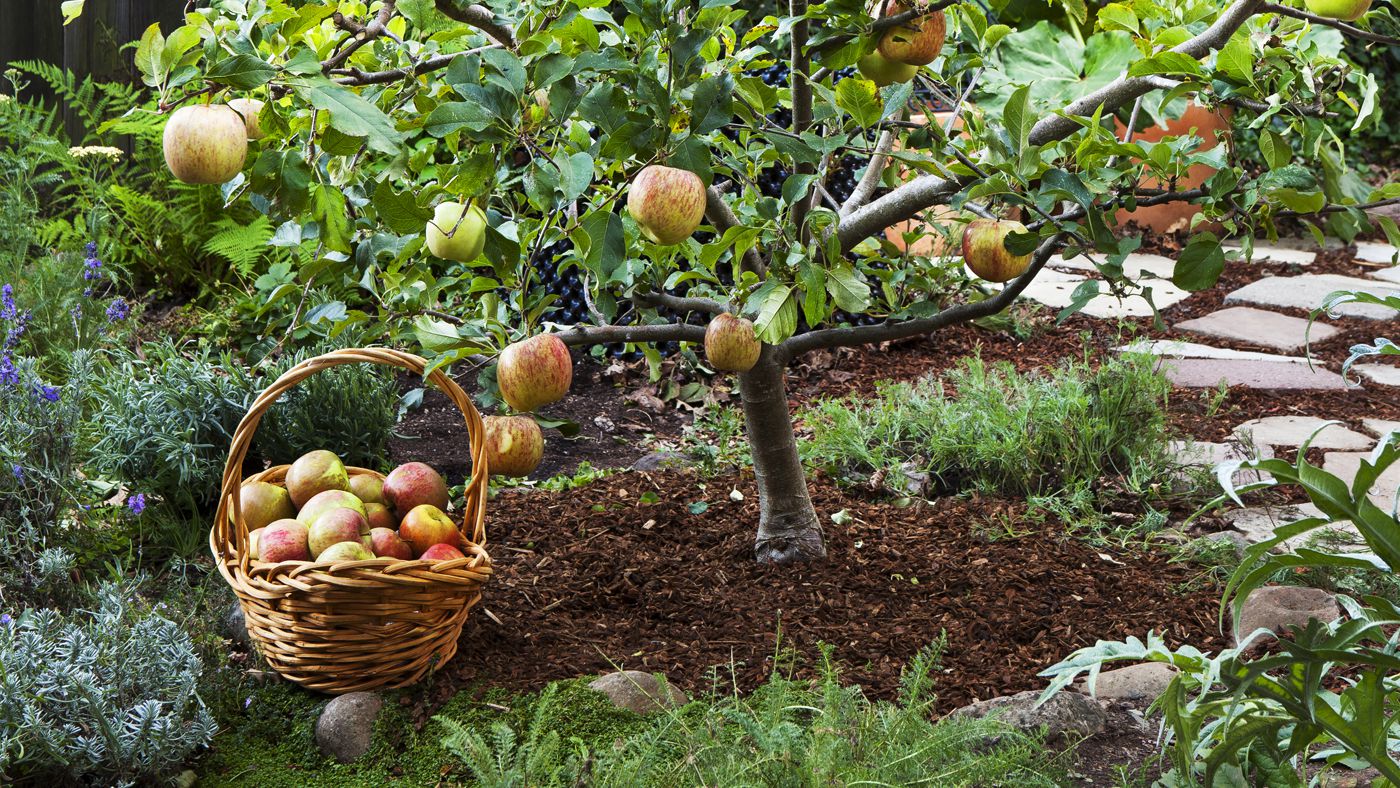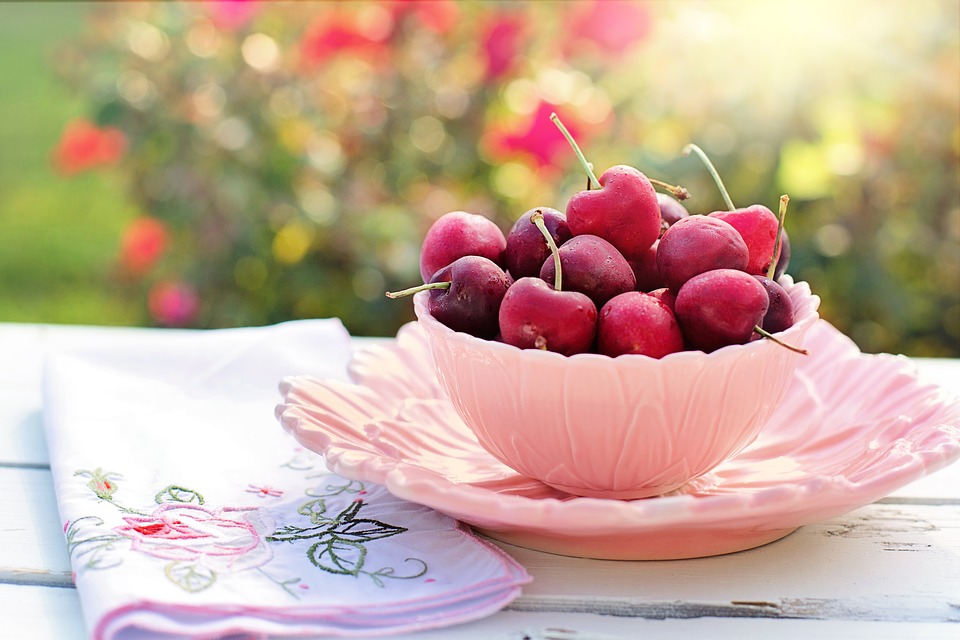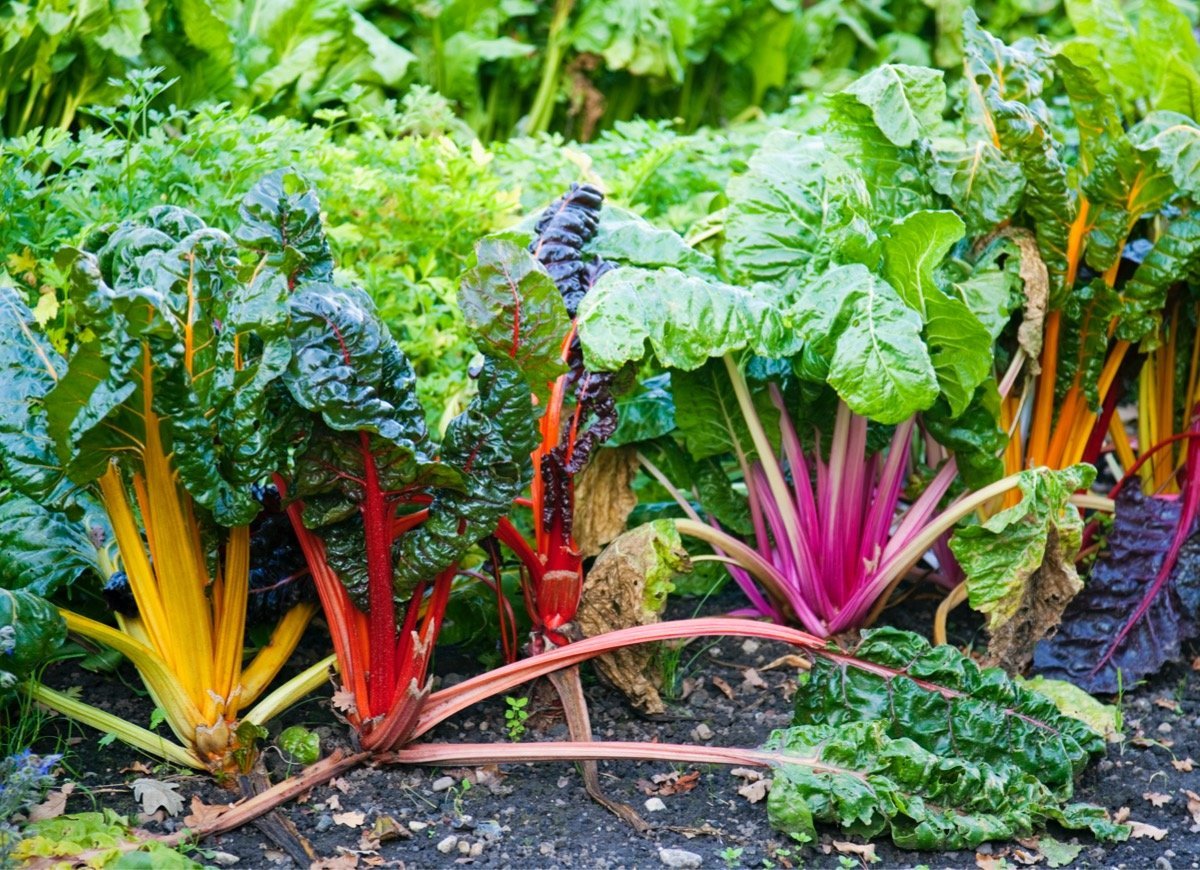There are very few things that can compete with the feeling of picking a juicy peach from your own fruit tree. Fresh fruit are one of nature’s most delicious products — and they are extremely versatile, being used in everything from salads and smoothies to desserts and glazes. Whether you want to add a fruit tree to your home garden for an annual harvest — or you just like the look of these flowery, budding plants — here’s are our top suggestions to get you started.
Blueberries
Berries are an easy way to try your hand at growing fruit. Blueberries are attractive three-season shrubs with pretty white spring flowers, summer fruit, and gorgeous red fall foliage. Growing blueberries requires some advanced work to ensure the soil is acidic enough, but the shrubs should live and produce fruit for years. For a large harvest, you will need two varieties for good pollination.
October is a great month to start a garden with blueberries since they are best planted in the spring or fall. If you wait until the fall, you may score good end-of-season sales on bushes, possibly as early as September. In cold winter climates, grow highbush blueberries, such as the ‘Bluecrop’ cultivar. Gardeners in mild climates should opt for either rabbit eye or southern highbush varieties. You can also grow blueberries in containers. Just be sure to cover your plants with netting to protect them from birds once the fruit arrives.
Strawberries
Freshly picked strawberries are well worth the minimal effort it takes to grow them. You have a choice among three types: June bearing, which sets one large crop in June (nice for preserves and freezing); everbearing, which produces two to three smaller harvests per season; and day-neutral, which continually sets small amounts of strawberries throughout the season.
Strawberry plants like to spread via runners. But for the best fruit production, limit the runners to just a few plants and prune the rest. Also, pinch off the blossoms in a plant’s first season to prevent them from fruiting. This will allow it to put its energy toward developing a healthy root system, which will significantly increase its output the next season. Finally, expect to replace or rejuvenate your strawberry plant every three to five years.
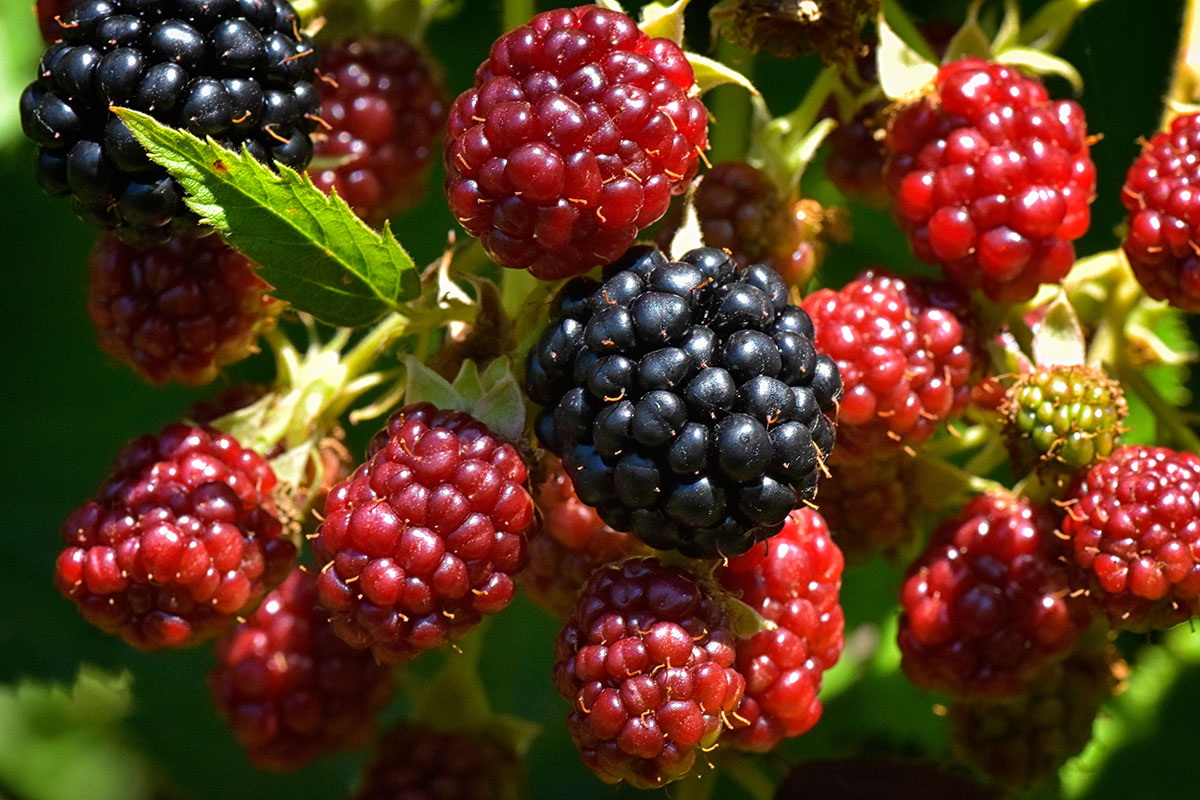
Raspberries and Blackberries
Raspberries and blackberries have always been backyard favorites. But older varieties can be rambunctious plants, spreading widely and covered in thorns that made harvesting a painful chore. Newer cultivars are much better behaved and thornless. Moreover, planting a mix of early, mid-season, and late-season varieties will extend your harvest for weeks. You can plant bare-root raspberries and blackberries anytime after the soil becomes workable in the spring, but if you’re transplanting container-grown plants, late spring is the ideal time for starting your berry patch.
The plants do require annual pruning to keep them productive, but it is a quick job. The goal of pruning is to thin the plants enough that light and air can reach all parts. This benefits growth and helps to prevent disease.
Grapes
Although grapevines are not hard to grow, you will face stiff competition at harvest time from birds and other animals. Plus, grapes need some type of trellis or support to grow on. There are also a lot of recommendations on how to prune them, but many people grow grapes quite successfully even with a relaxed approach to pruning.
Be sure to note whether a variety is best for eating or winemaking. Most grape varieties need a sunny location with rich soil that has good drainage and air circulation to prevent disease.
Apples
Many gardeners want to grow apples, but they can be difficult to grow well because apple trees are prone to many insect and disease problems. Although new cultivars were bred to be hardy, they still require some spraying, covering, or other protection methods. Apple trees also need a great deal of pruning. When pruning, focus on thinning branches to increase the amount of sunlight and airflow that can hit all parts of the tree. This promotes healthy growth and helps to prevent disease.
Most apple trees prefer to be planted in early spring in the North and fall in the South. You’ll need two different apple tree varieties for pollination. To save space, you can select trees with multiple varieties grafted onto one trunk, or opt for a small columnar tree that can be grown in a container. Plus, for easier care, or if you have limited space, consider the dwarf varieties.
Cherries
Cherries are one of the easiest fruit trees to grow and care for. They require minimal to no pruning and are rarely plagued by pests or diseases. Sweet cherries are planted in the spring and need two trees for cross-pollination unless you plant a tree with two different varieties grafted on it. You can get away with just one tree if you are growing sour baking cherries.
Prune your cherry tree in the winter while it is still dormant, and fertilize it in the early spring. Moreover, these trees aren’t very drought tolerant. So ensure that they get enough watering or rainfall—at least weekly or more—during hot weather.
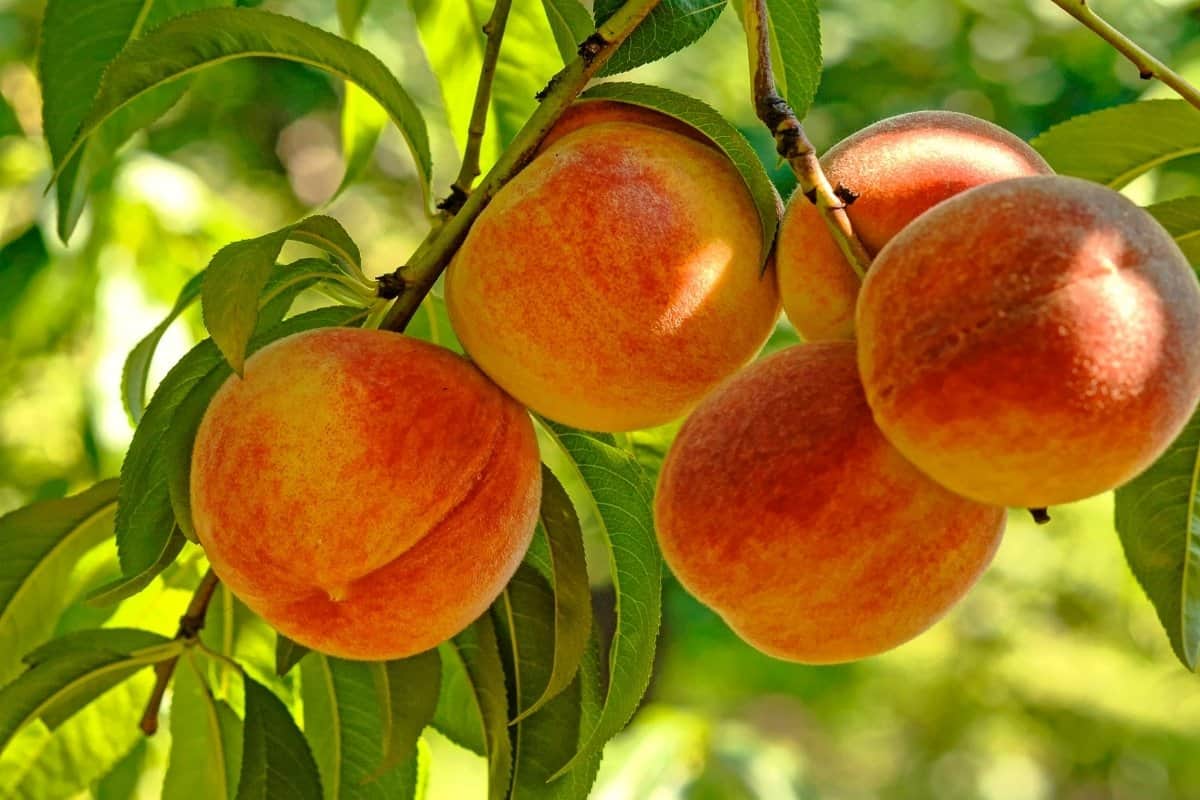
Peaches
Peach trees tend to be small enough to fit in most backyards, regardless of size. And when the peaches are ripening, you can smell their sweetness several yards away. Plus, a benefit to growing this thin-skinned fruit yourself is that you’ll get to enjoy the freshest produce straight from the tree, rather than the old and potentially bruised options at the supermarket.
Plant a peach tree from the nursery in the late winter or early spring when the tree is dormant. These trees do require some pruning to keep the branches productive and at a manageable height. Thinning young trees help them to produce smaller crops of large peaches, rather than heavy crops of tiny peaches. Peach trees are typically pruned into an open V, with three to five main branches that allow light and air to hit the centre.
No matter what kind of tree you decide to plant, there are a few more things to keep in mind: Check with your local nursery to find out the best time to plant them in your region (too close to winter and you risk a frost killing it; too close to the summer and some plants won’t be able to soak up enough water). And remember that you most likely won’t get store-bought quality fruit without paying attention to fertilization, watering your plants, and protecting them from bugs. But in the end, you’ll have bushels of delicious, homegrown fruit.
